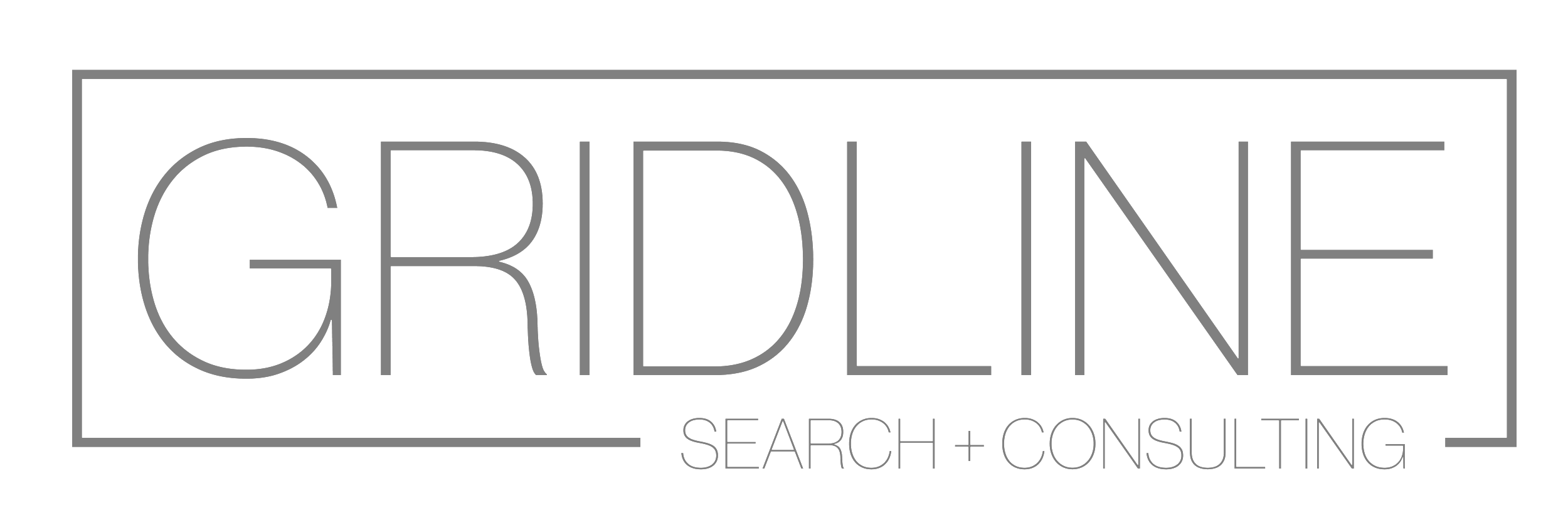For many lateral associate positions, though not all, a formal cover letter is required. A cover letter is a 1-page formal piece of writing that expresses your specific interest in the open position, as well as how your background and experience match the qualifications desired. For every industry, the cover letter has its own quirks and specific requirements. The legal industry is no different.
When it comes to a legal cover letter, recognize that it only gets quickly scanned (at most), so an easy-to-read organization is essential
Your individual recruiter should work very closely with you on your cover letter, providing specific information and language that is important to convey. Ultimately though, the letter is coming from you.
Below is a sample cover letter to a recruiting manager for a litigation associate position from a hypothetical attorney, annotated beneath with my suggestions on what is most important for a legal cover letter (and what's not):
Don't copy this template (or any template!). The first rule of cover letter writing is that you shouldn't just copy another cover letter and fill in key words. The purpose of a cover letter is to write in your own words why you both want the position and why you are qualified to do it. Recruiting managers can often detect when a cover letter is taken from a template. This is particularly true when you copy nearly word-for-word from a Google search result or publicly available document (like this one :-).
Keep it succinct and at a single page. A legal recruiter or attorney does not have the time to read a very long cover letter with lots of detail about your experience and interest. If you start with something long, edit it down to a single page with just a few tight paragraphs that conveys only the key information a recruiter needs to know (see the following tips).
Use the right formalities. Make sure to use the formalities of a typical letter: a return address, date, addressee, greeting and salutation. Because cover letters are almost always submitted electronically nowadays, use the return address header that you have used for your resume so that the materials are clearly connected to each other for ease of reference. Otherwise, it should look like a typical business letter. If you don't have the addressee's name and information at hand, find out from your recruiter or Google for a name. A letter should always be addressed to a person where possible.
The first paragraph covers the position that you are applying to and why. If a recruiter or attorney reads only one part of a cover letter clearly, it will be the first paragraph. Make it clear in the first sentence what position you are applying to; if you aren't applying to a posted position, but to a group in general, make sure you use the language that the firm uses (i.e., don't say you're applying for "a position in intellectual property" if the relevant group is called the "IP & Technology Practice Group.") This information should be followed with the reason you are applying (i.e., looking to move geographically, change or shift practice, etc.)
The middle paragraph(s) should cover your relevant experience and most important credentials, with the first sentence of each paragraph being the most important. The middle paragraphs are all about your experience and credentials. A way to think about this part of the cover letter is that it is your opportunity to "re-contextualize your resume." All resumes must follow the format of reverse chronological experience. The middle part of the cover letter allows you to highlight information that may be hidden on your resume, or to tie all of your resume-based experience together around a single theme. There is no one way to do this. Just be brief, non-repetitive and clear. Make sure the first sentence of each paragraph gets out to main thesis of what you are trying to share. For quick scans, it's the first sentences of the paragraphs that will get read. These sentences should share important information about your candidacy on their own.
The final paragraph should have contact details. Your closing paragraph is yours to write and sum up based on one you have written above. No matter what, just make sure the relevant contact information for following up is provided there. If you are working with a recruiter, this should typically include their information.

